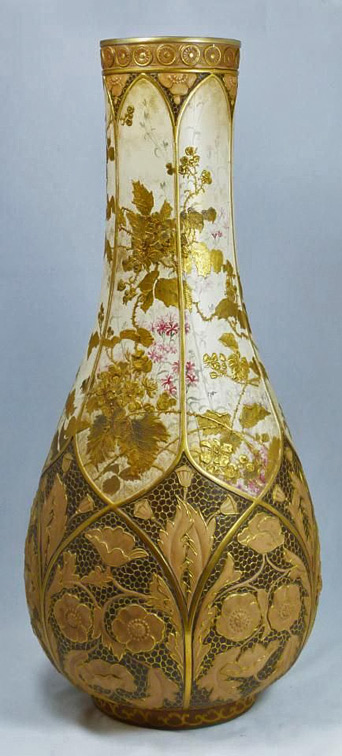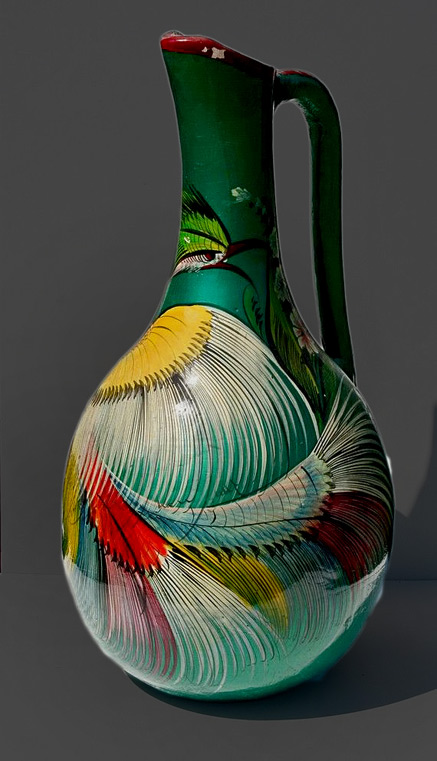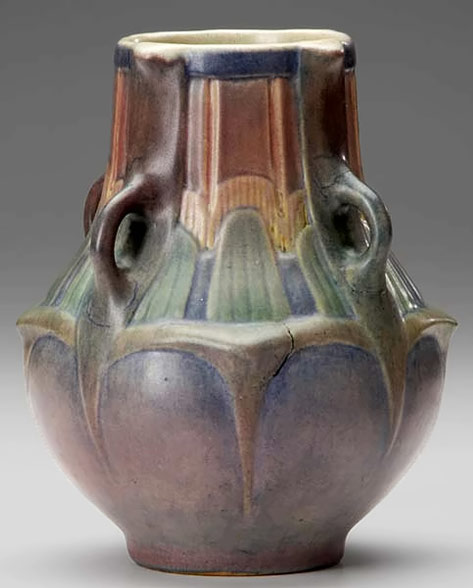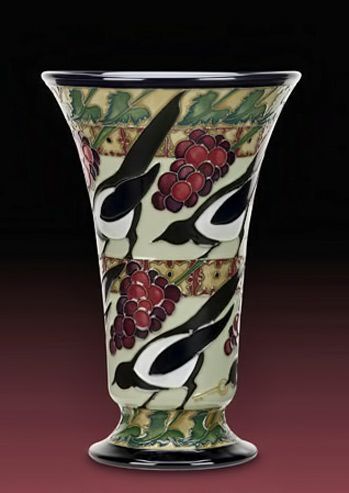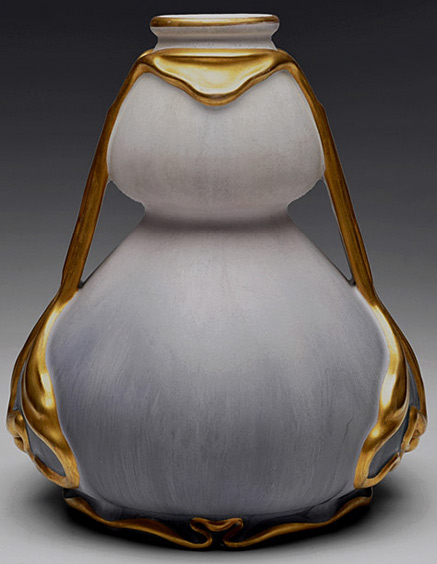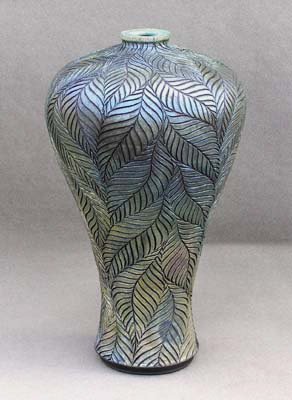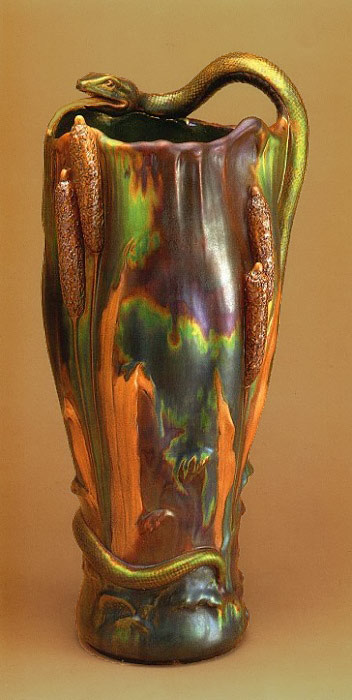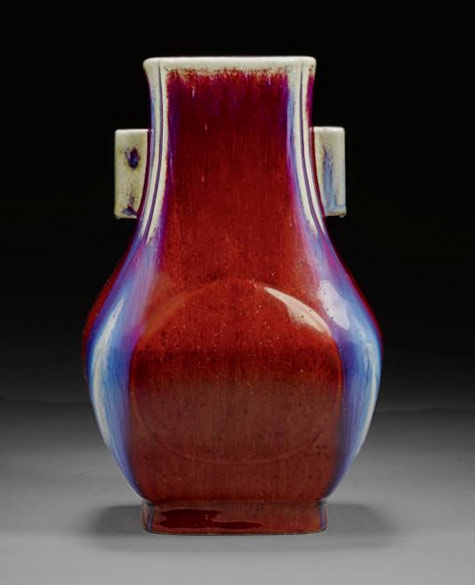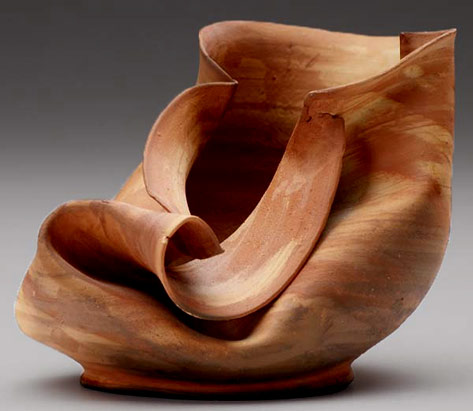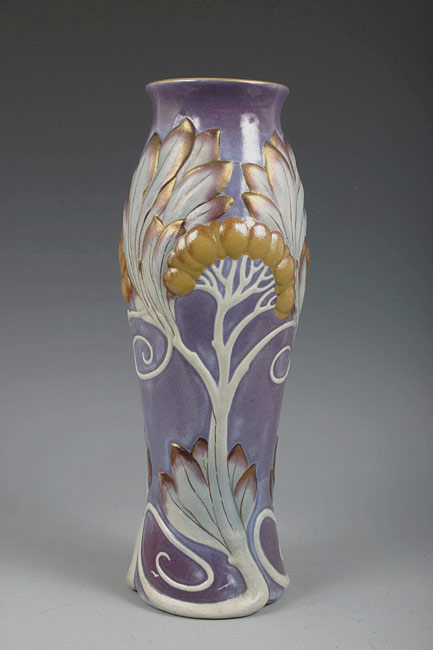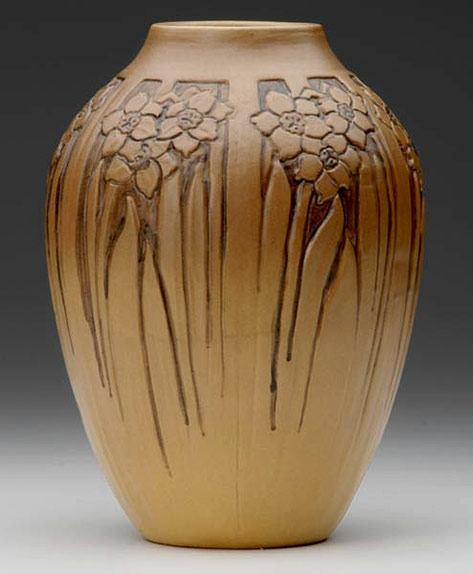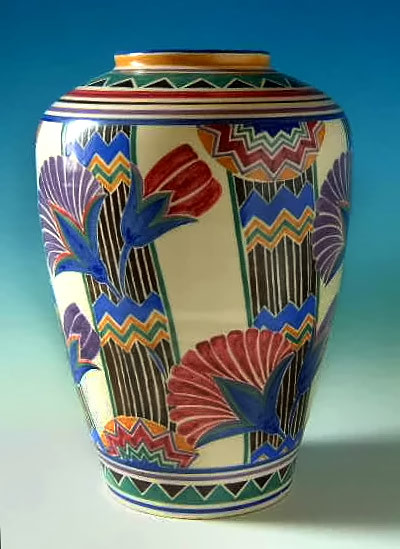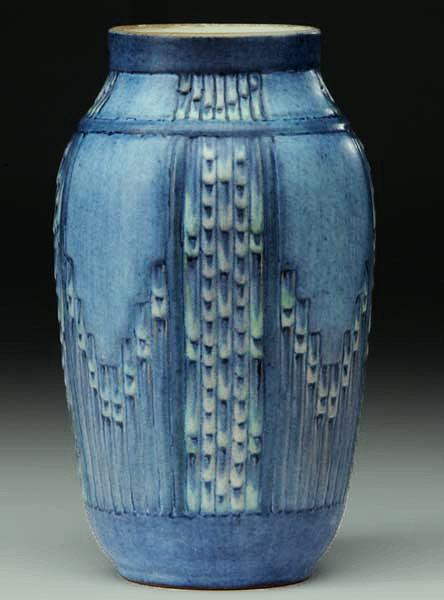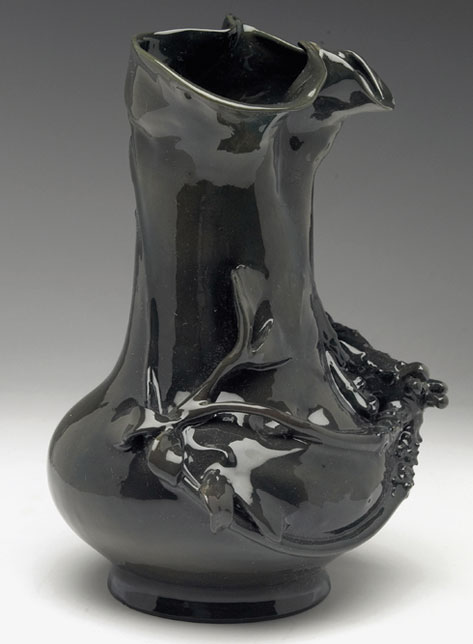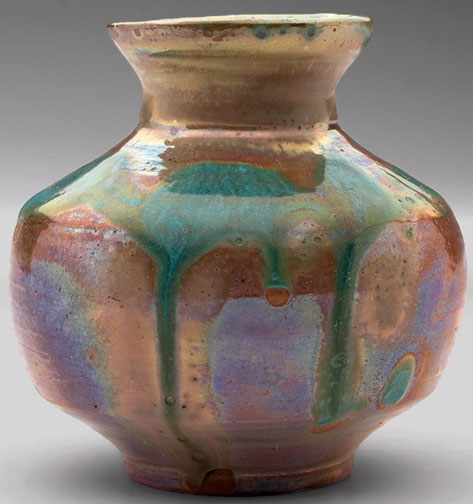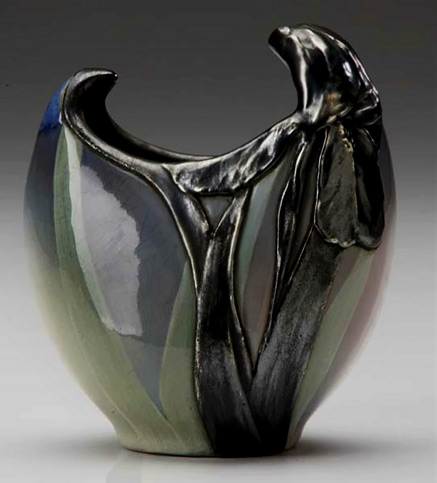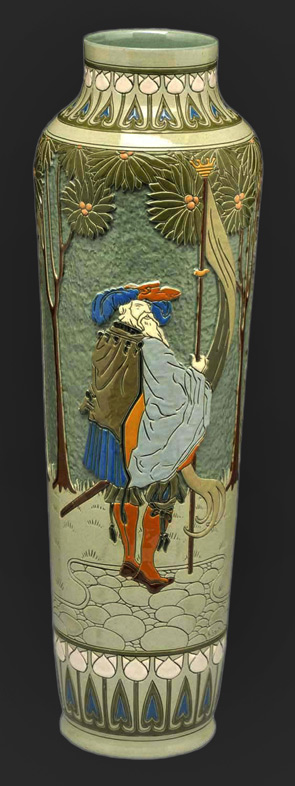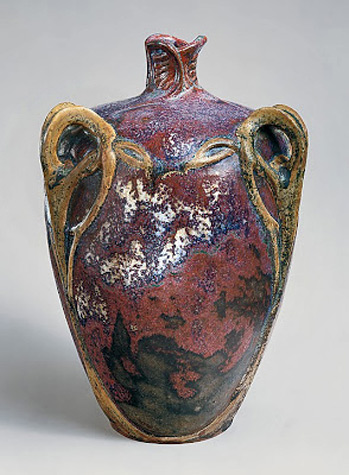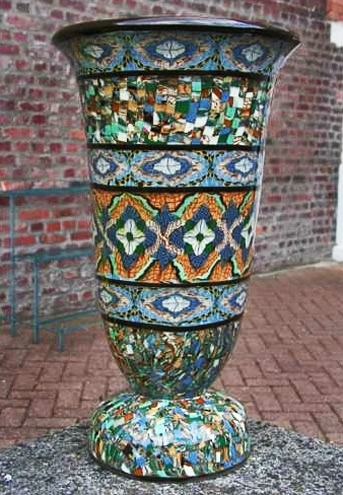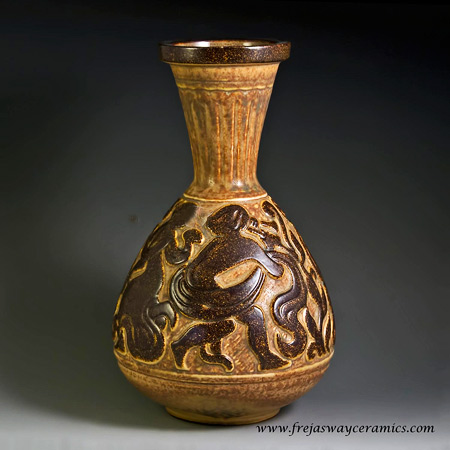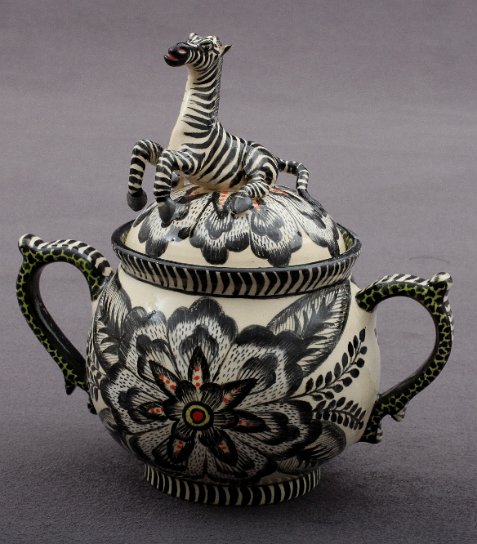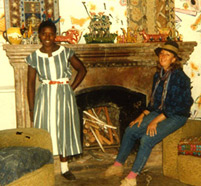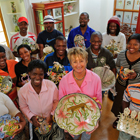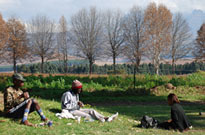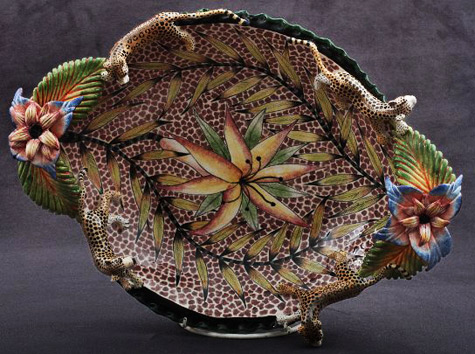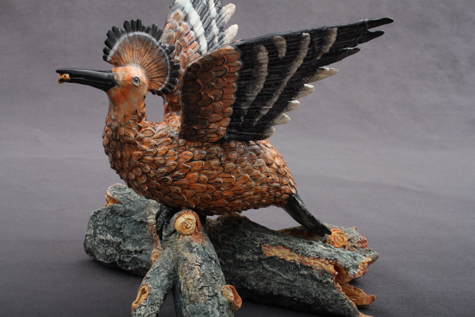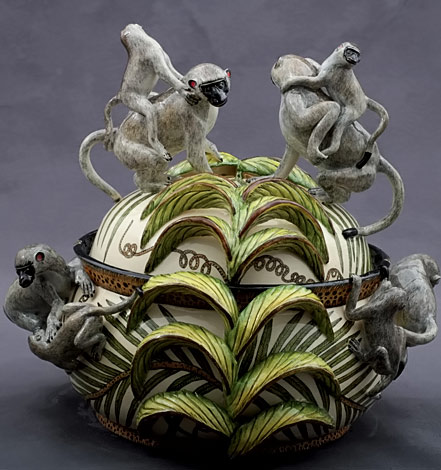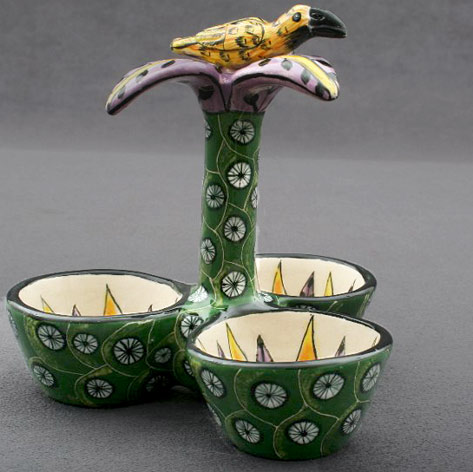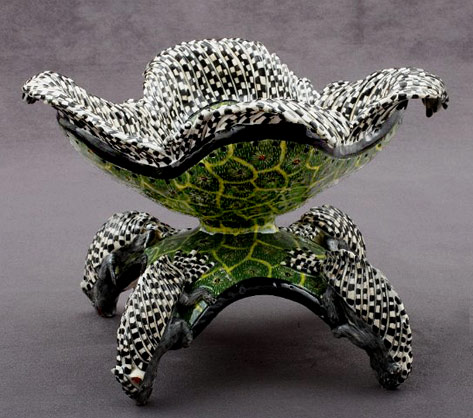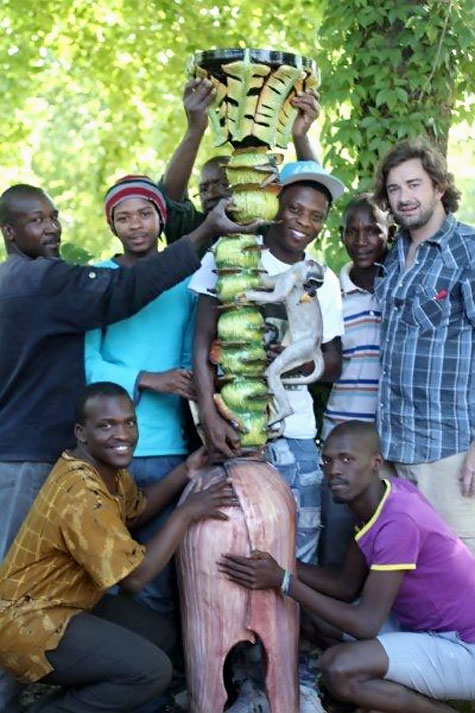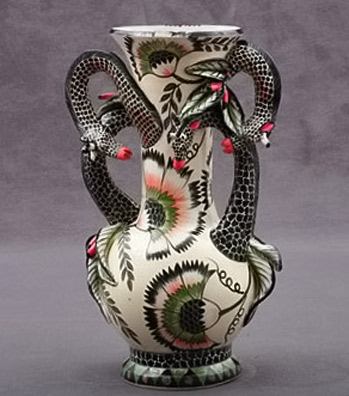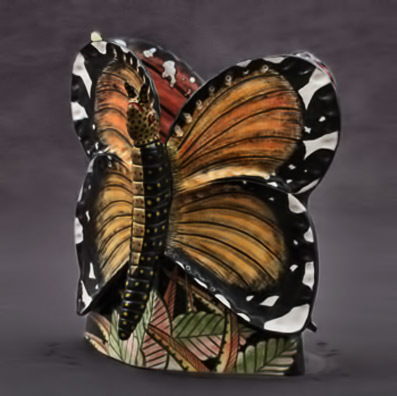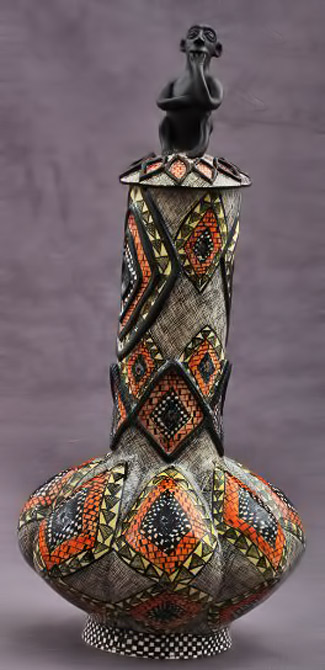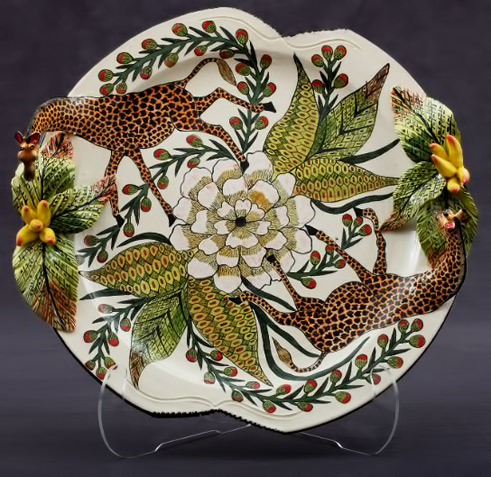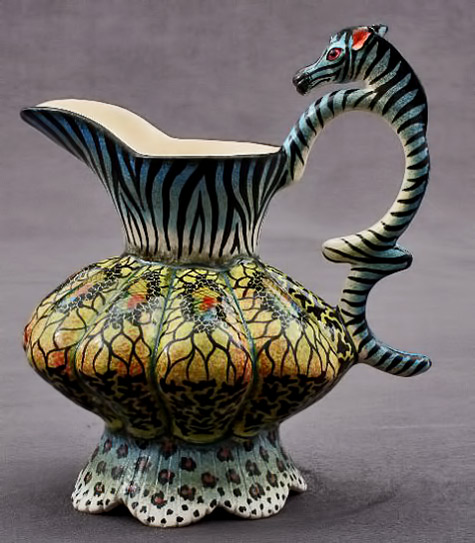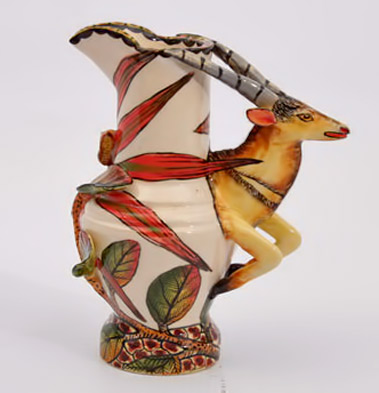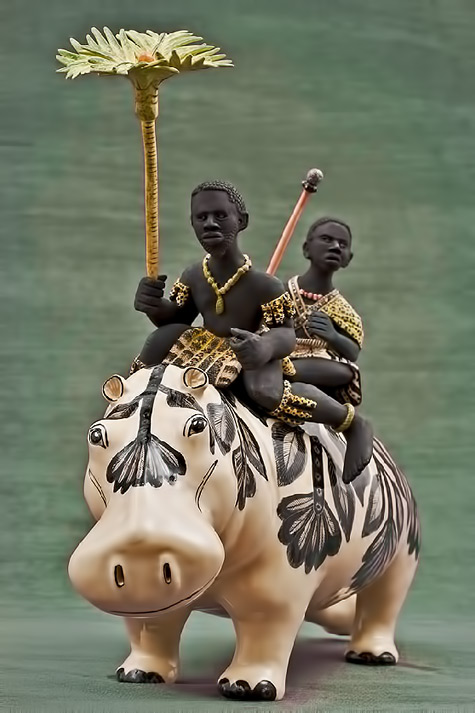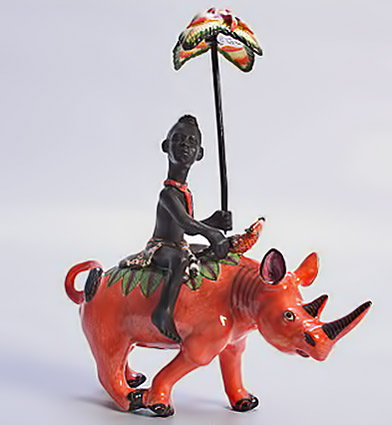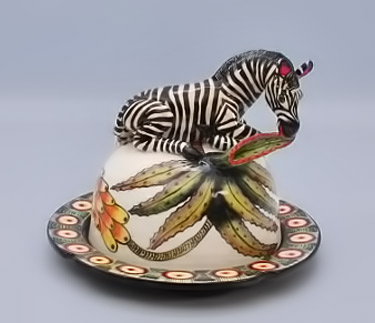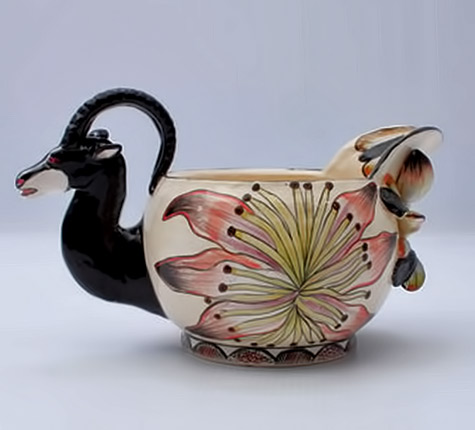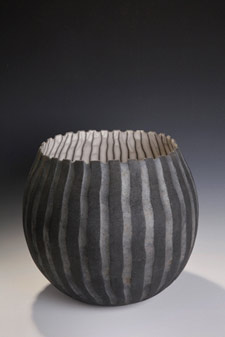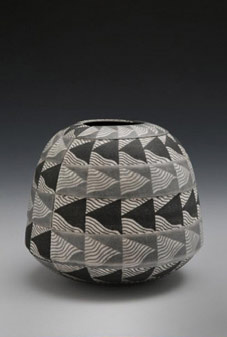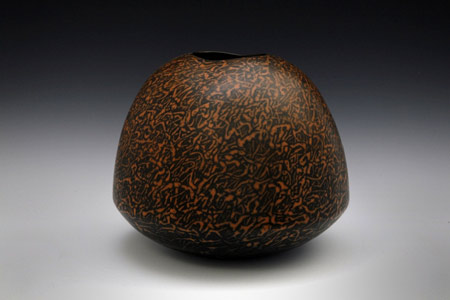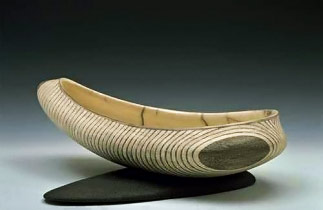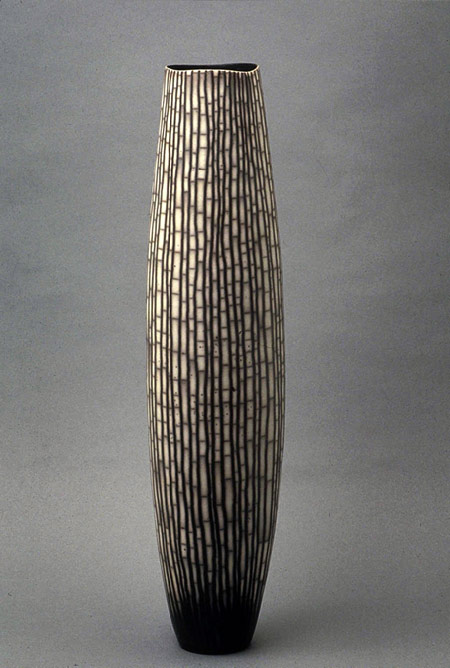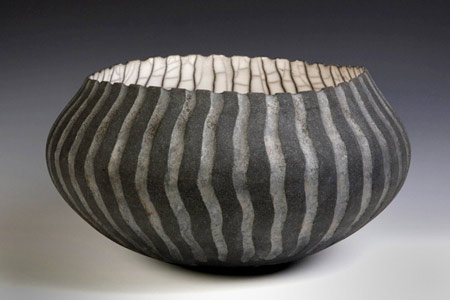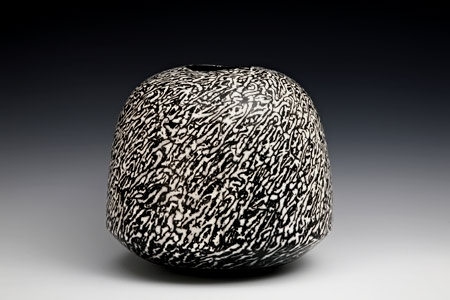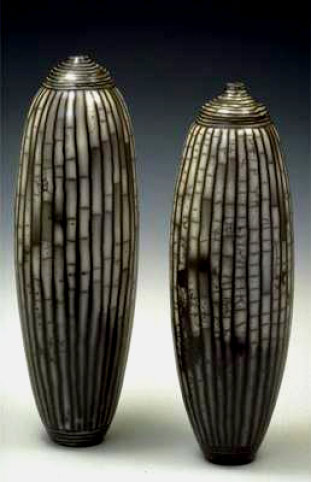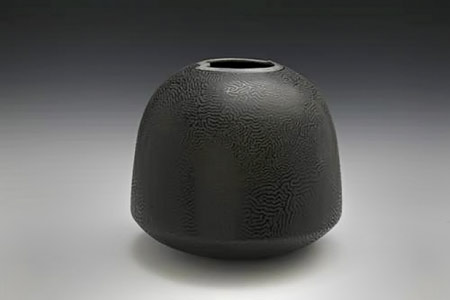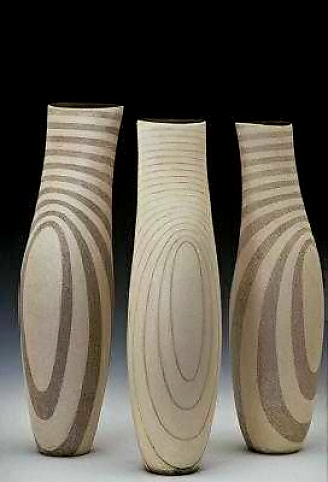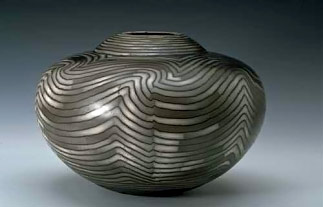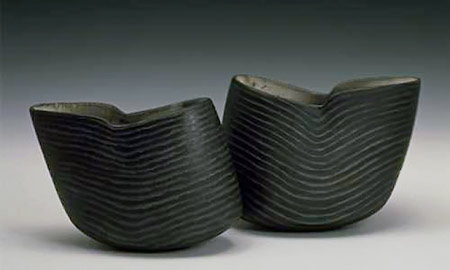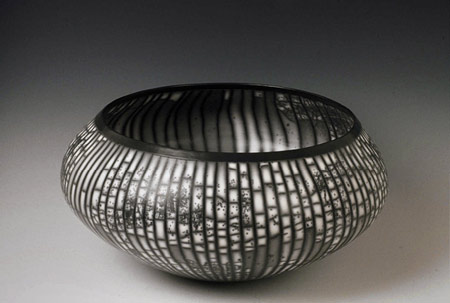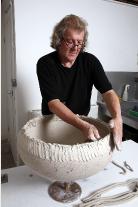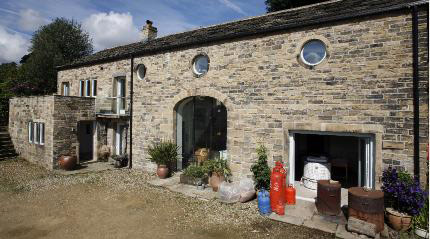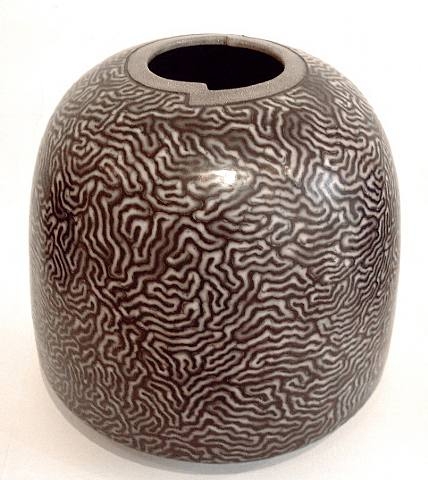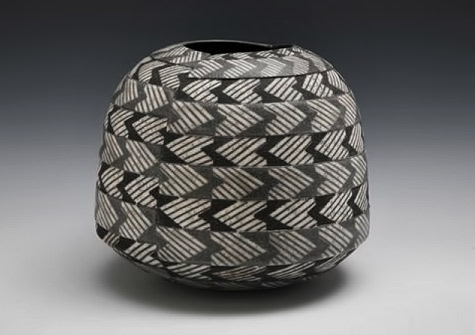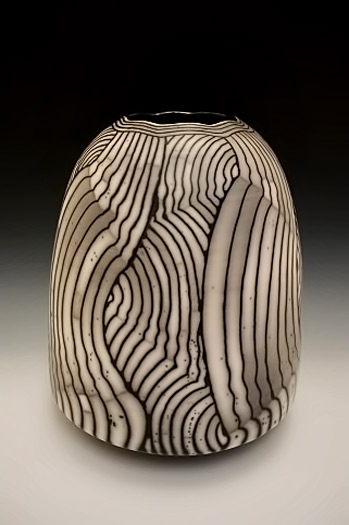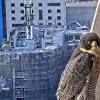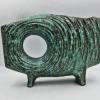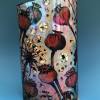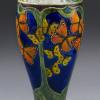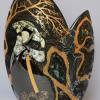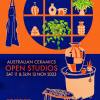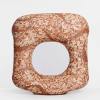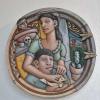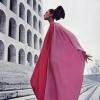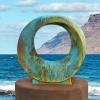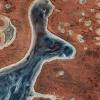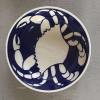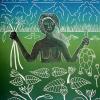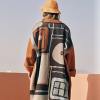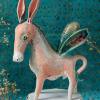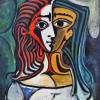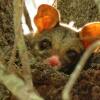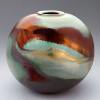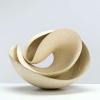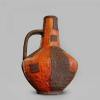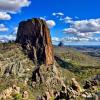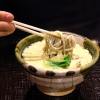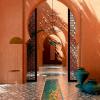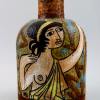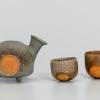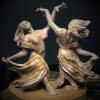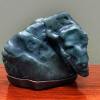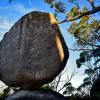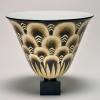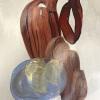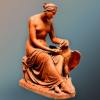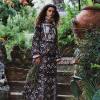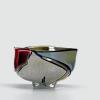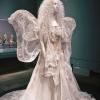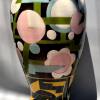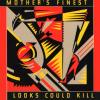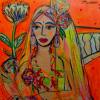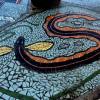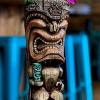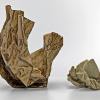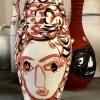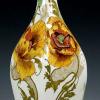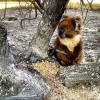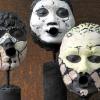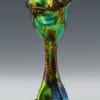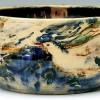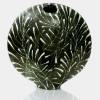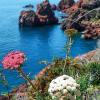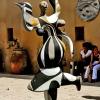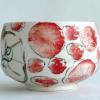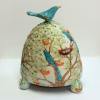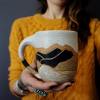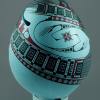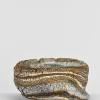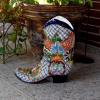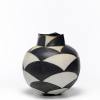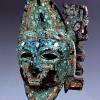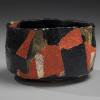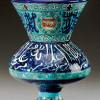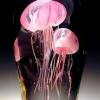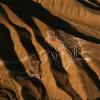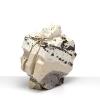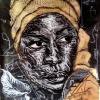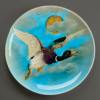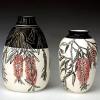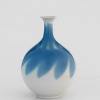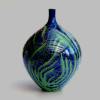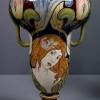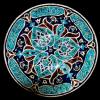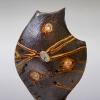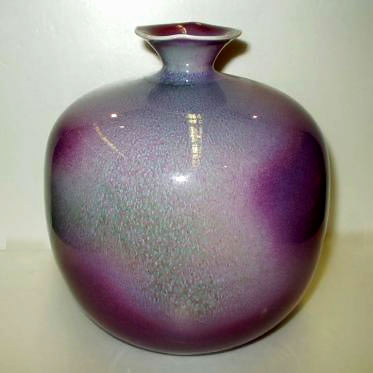 Lavender and purple vase with small flared neck
Lavender and purple vase with small flared neck
Royal Doulton porcelain vase
circa 1886—1902
Vintage Tonala Mexican Pottery Burnished Green Feathered Vase with Handle
Newcomb College Bulbous Vase
Moorcroft Even Tide Collection “The Secret”
dalbry.com.au
Roger Guerin vase, Belgian, gourd shape with indented sides.
A vase is a home away from home for flowers and has the unenviable task of hosting objects that are very consistent and diverse in their beauty. Despite the level of competition they have faced for splendor, I think vases have managed to hold there own in this battle. Ceramic artisans throughout the ages have given them a dignity with their original designs.. For vases, a single colour will suffice for most of the time. It’s all too easy for them to clash with the rich array of colour that flowers tend to project. But for the more monochrome flower displays, the vase gets the chance to strut its stuff. Of all the ceramic ware, vases carry the most decorative responsibilities and have always been a favorite with collectors. They also have the most scope for displaying more shape then the other ceramic forms.They have been style beacons for many different era’s such as Art Deco and Art Nouveau, but unfortunately of late they have been a little deprived of a definitive style. As long as there is flowers, there will be a place for vases and they will always be welcome on my mantlepiece.
![]() Bernard Bloch vase, elaborate Art Nouveau design.
Bernard Bloch vase, elaborate Art Nouveau design.
![]() Pierrefond
Pierrefond
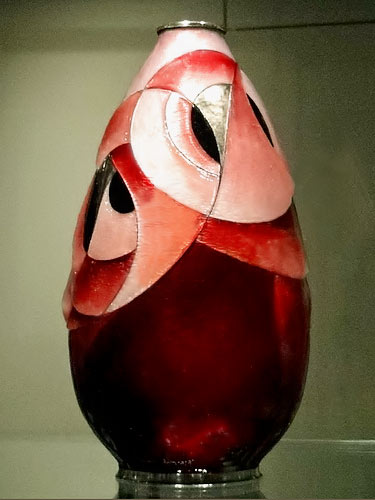 Art Deco Vase made with coloured enamels on silver-pla
Art Deco Vase made with coloured enamels on silver-pla
![]() Weller Sicard vase, cylindrica
Weller Sicard vase, cylindrica
Art Nouveau Royal Bonn vase, double gourd shape under a matte glaze in multiple shades of gray and lavender.
( treadway toomey gallery )
![]() Amphora vase, monumental shape with a bulbous bottom, spiraling neck and four openings at waist, boldly painted stylized leaves and berries, overall iridescenc
Amphora vase, monumental shape with a bulbous bottom, spiraling neck and four openings at waist, boldly painted stylized leaves and berries, overall iridescenc
Picture from House of Amphora, by Richard Scott.
![]() Gouda vase, unusual form with carved serpent in black against a green and ivory background.
Gouda vase, unusual form with carved serpent in black against a green and ivory background.
![]() Amphora vase, unusual design probably by Paul Dachsel, black and white landscape with gold trees.
Amphora vase, unusual design probably by Paul Dachsel, black and white landscape with gold trees.
Mettlach vase, monumental shape with detailed raised and painted scene with birds and bamboo.
![]() Amphora vase, designed by Paul Dachsel.
Amphora vase, designed by Paul Dachsel.
Picture in House of Amphora, by Richard Scott.
![]() Amphora vase, designed by Eduard Stellmache
Amphora vase, designed by Eduard Stellmache
 Moorcroft Vase ” Hidden Dreams ”
Moorcroft Vase ” Hidden Dreams ”
Drakesbroo
![]() Amphora vase, Gres Bijou series, “Lightenin
Amphora vase, Gres Bijou series, “Lightenin
![]() Van Briggle vase, c. post 1920, large tapered shape with stylized floral designs, covered in a blue and green matte.
Van Briggle vase, c. post 1920, large tapered shape with stylized floral designs, covered in a blue and green matte.
Amphora vase, designed by Nikolaus Kannh,
![]() Amphora vase, designed by Nikolaus Kannh, titled ‘Allegory of Germany’
Amphora vase, designed by Nikolaus Kannh, titled ‘Allegory of Germany’
∗
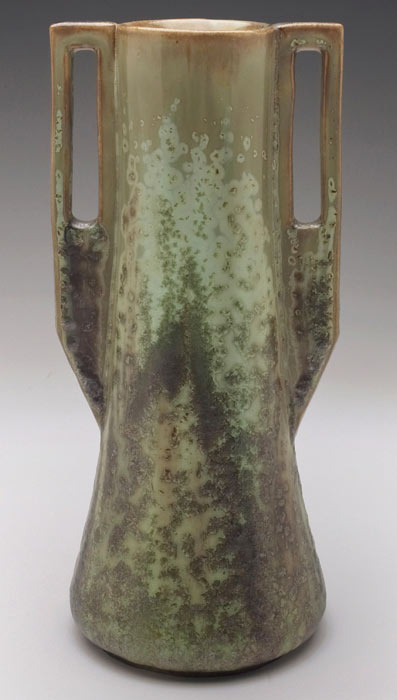 Fulper vase, large double handled form, cucumber crystalline glaze.
Fulper vase, large double handled form, cucumber crystalline glaze.
◊◊◊
Image Credits: Treadwaygallery.com
Raku Zebra Vase – Marc Hacker Pottery
Christopher Mathie incised leaf pattern vase
Zsolnay Antique Serpent Vase .. see more here
A flambe-glazed vase, fanghu. ( Photo Sotheby’s )
Est. 8,000—10,000 GBP. Lot Sold 25,000 GBP
A carved lime-green-glazed brush pot. Daoguang Period
( Photo Sotheby’s )
George Ohr Sculptural Vessel ( marbelised clay )
A superb example of an art nouveau vase by the French pottery, Sarreguemines.
Art Nouveau vase with incised surface decoration in floral style
Magnificent art deco Poole Pottery vase, 14” high with a pattern designed by Truda Carter.
( Flickr – Psychoceramicus )
Newcomb College Vase
Unusual art Nouveau Amphora vase, designed by Eduard Stellmacher, c. 1900
Pewabic vase
Rockwood Art Nouveau vase – 1900
Roseville 8 color Della Robbia vase designed by Frederick Hurten Rhead
Height 20 inches
Morphy Auctions
Art Nouveau vase – Edmond Lachenal
Jean Gerbino Mosaic Vase – Vallauris
Michael Andersen vase with brown relief Probably by artist Marriane Starke

